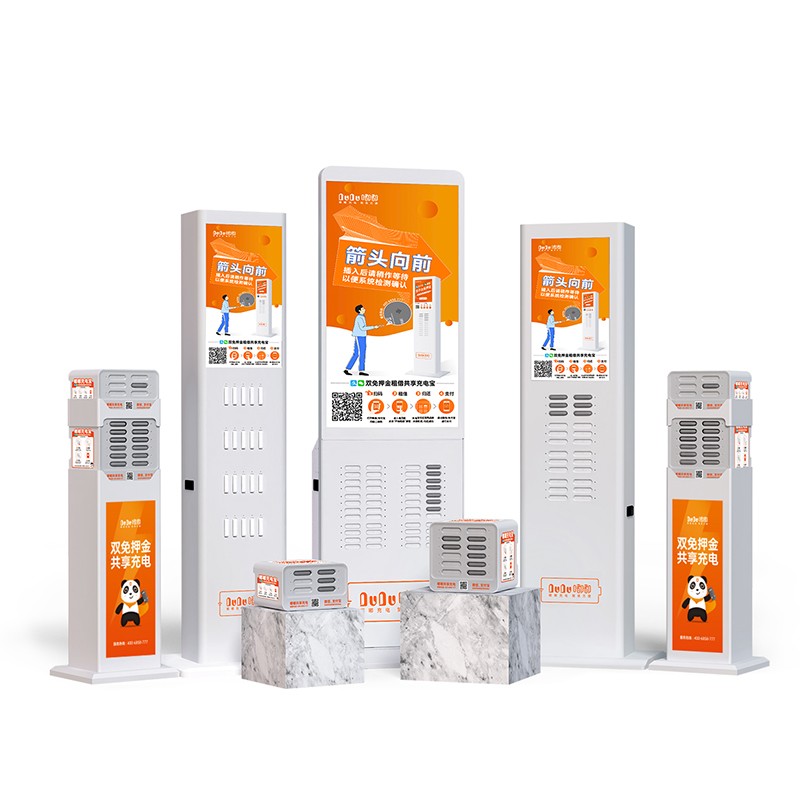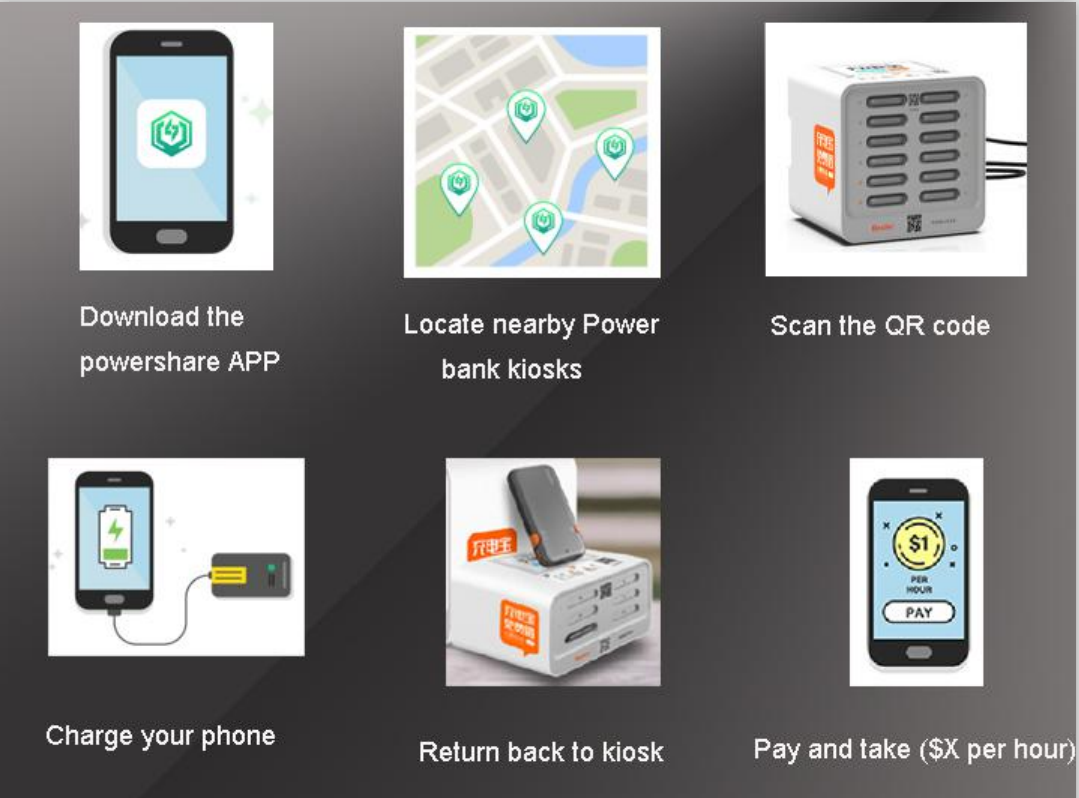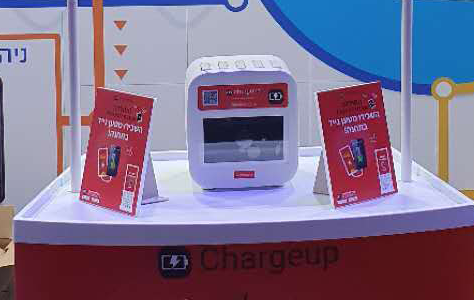PRINCIPLE OF SHARED POWER BANK MOTHERBOARD
The power bank is mainly composed of a shell, a battery (battery) and a circuit board. The shell is mostly made of aluminum and plastic. The batteries are generally 18650 lithium batteries and polymer lithium batteries.
The power bank is a container for storing electricity.
Mainly energy storage, charging and power supply. First, find an external power supply to charge the built-in battery in advance, that is, input electricity and store it in the form of chemical energy in advance;
When it is necessary to supply power to other equipment, the battery provides energy and generates electrical energy, the voltage converter (DC-DC converter) achieves the required voltage, and the output terminal (USB interface or Lightning interface) outputs and supplies the required equipment to provide The power supply is used to charge other devices.
The 18650 lithium battery cell is a steel-aluminum shell cell with a cylindrical shape with a diameter of 18mm and a height of 65mm. 00 represents a cylinder (so called 18650). Generally, the cathode material is lithium cobalt oxide, and the nominal voltage is generally 3.7V. The current capacity of one piece can be up to 3350mAH.

Shared power bank polymer lithium battery aluminum-plastic soft-packed lithium-ion battery has high safety factor, high power density, lighter weight than 18650, changeable shape, and can be customized. The cycle life is generally 300 times.
When choosing a power bank, many people often only know how to look at the battery cell, whether it has a large capacity, what type, and whether it is safe or not, but in fact, as long as it is a battery produced by a regular manufacturer, there is generally no problem.
The most important thing should be the circuit board. The quality of the circuit board is directly related to the discharge effect and conversion rate, which will directly affect the charging effect of the device.
If the conversion rate is lower than 80%, it means that the mobile power line loss is large, and the heat generation of the cell itself is also large. The unstable current of some power banks is also a problem with the circuit board, because the step-down and boost of the power bank are regulated by the circuit board. When charging mobile phones, tablets and other devices, the circuit board will adjust the voltage of the power bank itself according to the input voltage supported by the device.



















